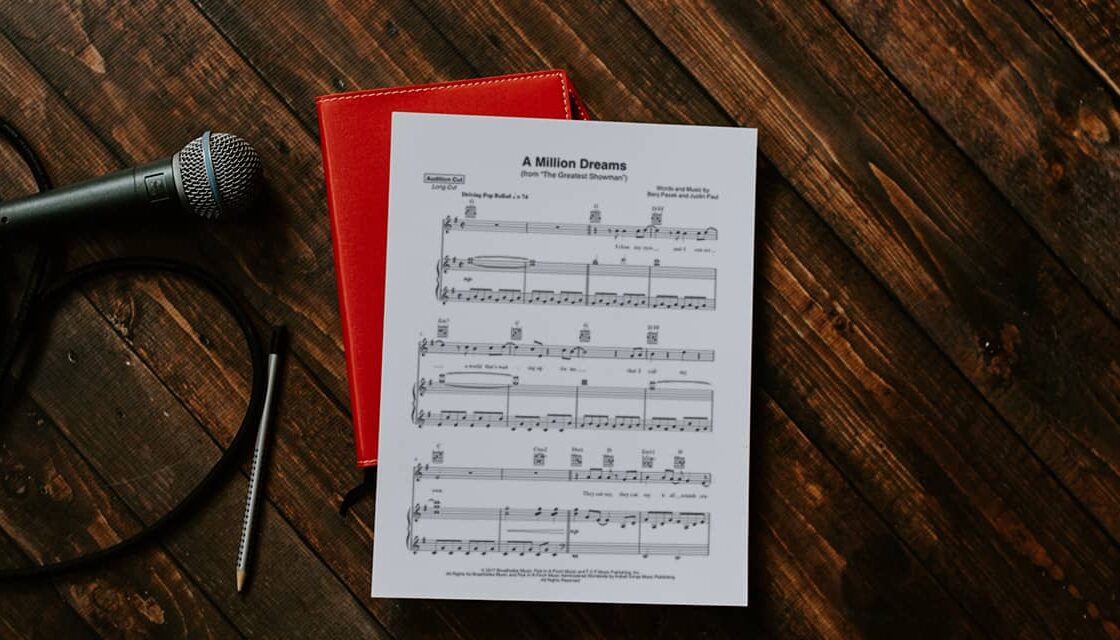
Sending in prescreening accounts for music tryouts and occupations is currently a typical practice, however in the event that you have next to no involvement in sound and video recording, making your own exhibition video can introduce huge difficulties. You might be among awesome at playing your instrument, or a dynamite artist, however a decent or helpless tryout video can mean the contrast between getting to the following round or surrendering in disgrace!
Fortunately, there is a lot of good data accessible online with regards to the best and most fitting gear, and the means fundamental in setting up a tryout video. Subsequent to looking at a lot of this data, I’ve assembled a rundown of steps, alongside remarks and clarifications, which should take care of you.
Fast GUIDE TO MAKING A RECORDING:
1. Settle on a careful spending plan
2. Keep the guidelines for that particular recording
3. Track down a reasonable area
4. Pick your hardware
5. Arrangement hardware in the area
6. Have somebody in the room and do a fake recording
7. Record and Review
8. Use you programming to momentarily alter
9. Send it in.
Stage 1: DECIDE ON A BUDGET
The first and most significant thing to settle on is the amount you need to spend on these accounts. There are numerous choices. The first and most costly choice is to recruit an expert sound architect. This will normally hamper you more than $1000 yet you will not need to manage the specialized subtleties of assembling an extraordinary recording. If you purchase receivers and a connector to plug into your PC you will typically spend among 200 and a huge number of dollars—contingent upon the hardware. Video gear that at the same time records will interfere with you between 230-500 dollars. The last incredible choice is to purchase a recording gadget. This will hinder you between 70-500 dollars relying upon the recorder. These choices produce astounding accounts… if you realize what you’re doing; it’s simply a question of the amount you’re willing to spend.
Stage 2: FOLLOW THE RULES!
Each school has its own principles for sending in accounts—you must know what they are. Regardless of whether it be markings on the recording, expressing your piece before you play, time prerequisites or limitations on altering you should keep the guidelines or the board might just not think about your recording.
Stage 3: LOCATION, LOCATION, LOCATION
Area is key for a recording. You need a huge adequate space so you can put an amplifier where somebody would be sitting in case this were a presentation. A little practice space or enormous lounge room would be fine. Ideally you need a room with high roofs and not very numerous reflexive and hard surfaces. These surfaces will make a reverberation impact called slapback, making the accounts hard to pay attention to. If the room is brimming with hard surfaces, put a rug on the ground or shades on the divider to absorb a portion of the sound—this is particularly obvious if you play a metal instrument.
In regular day to day existence, we fail to remember how much commotion is around us; attempt to pick a room that will limit these impacts. A portion of these unnoticed commotions are, wind, plumbing, cooling, neighbors, vehicles, fridge, and birds.
For video accounts:
You need a decent, clean room; don’t record in a jumbled room. Lighting is likewise a critical part to video recording. Normal light is ideal. If you have no normal light you need to situate the light with the goal that it sparkles toward you from behind or to the side of the camera. You would rather not have light sparkling toward the rear of you—don’t record before a window.
Dress the part. Continuously dress well in video accounts.
Stage 4: PICK YOUR EQUIPMENT
I viewed this as the hardest piece of assembling a recording in light of the fact that in your hunt you can without much of a stretch be driven down the Google hare opening, and with every one of the potential decisions, never get a decent handle on what you want. Underneath, I have simplified it: restricting every classification to four or five choices with costs to look at.
Stay away from “gimmicky” sounding hardware. The best item for you is a basic, very much planned item that takes care of business. Buying utilized hardware or leasing gadgets like mouthpieces, video or sound recorders can be an incredible way of setting aside cash.
STEP 5: SETUP
First: You need to record in sound system sound. This is the manner by which we normally hear. Every one of the recorders on this rundown have sound system settings; do sure you switch it before you hit record.
Second: Optimum mic position will rely upon the space of the room and the instruments being recorded. A basic principle of thumb is to position the mic so that in case you were giving a little presentation the mic would be regarding where the first or second column of individuals would be. It ought to be eight feet off the floor, six feet before the player pointed straightforwardly at the instrument. Additionally, pay attention to what the room means for the sound. Find some kind of harmony between where the sound is coming from and how the room is doing the sound whenever it is made.
Third (for video accounts): Frame the shot so you are situated in the focal point of the video. This is much simpler with somebody in the room helping you.
Stage 6: HAVE SOMEONE IN THE ROOM/MOCK RECORDING
Continuously have a companion, friend, or educator in the room with you. They can change levels, give criticism about the room, give you certainty and backing, and help with the recording arrangement. The recording system is caused simpler when you to have another person there who can give significant help.
Likewise, do a counterfeit recording to ensure everything is functioning admirably. After you’re done, have a companion pay attention to it; get some information about the sound levels, and the recording quality.
Stage 7: RECORD AND REVIEW
It is critical that you survey every one of the accounts when you are done making them, to ensure it is your most ideal work. Keep in mind—as this isn’t live, send in something that is just about as great as you might perhaps make it!
Stage 8: EDITING AND SOFTWARE
There are many kinds of recording programming bundles that you can purchase like expert instruments, yet free programming, for example, Garageband, boldness, or iMovie for video accounts gives the greatest bang to your buck. It permits you to record right to the product so control is simple.
Altering is typically beautiful simple for this situation since we are not dominating or joining accounts. Most schools and expert symphonies will have severe rules with regards to grafting or dominating the recording for a tryout.
The three kinds of altering you may have to do are:
1. Convert your record to a MP3 or other determined organization
2. Set up every one of the accounts in one ceaseless stream with little stops
3. Sync video and sound together so what you see is in accordance with what you hear
For these kinds of altering, explicit, straightforward instructional exercise recordings educated by bosses can be found free of charge on YouTube—this is the best spot to get this data.
Stage 9: SEND IT IN!
Many schools have explicit guidelines on the best way to present a recording — follow them!
Models: transfer as a YouTube video, send in as a CD, or send as a compressed document
I trust my nine stages on the most proficient method to cause a recording to have given you some great data and mitigated your feelings of dread with regards to the recording system. Everything necessary to make an extraordinary tryout video is a little honest examination, a minimal expenditure shrewdly spent … and obviously a ton of ability!


